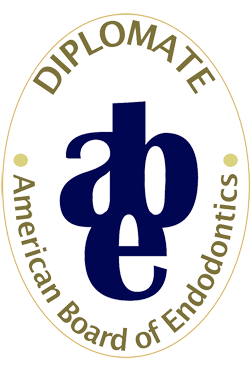
Major Milestones Shaping Dentistry
Endodontics is a type of dentistry that focuses on dental pulp and treating related infections. Throughout history, several milestones have shaped this specialized field of dentistry.
Beginnings of True Endodontics
The 19th century marked a pivotal period in the development of modern endodontics. In 1838, American dentist Edwin Maynard introduced the first root canal instrument, a serrated drill designed to clean and shape the tooth’s interior. This innovation laid the foundation for more sophisticated endodontic instruments and techniques that would follow in the years to come.
The discovery of anesthesia and antiseptics in the late 19th century further advanced successful endodontic treatment. The introduction of local anesthesia allowed for pain-free dental procedures while using antiseptics reduced the risk of infection. Combining these approaches made root canal therapy a more viable treatment option for preserving natural teeth.
20th Century Innovations
The 20th century brought significant advancements in endodontics, fueled by technological innovations and scientific research. In the early 1900s, the development of X-ray imaging revolutionized the diagnosis and treatment planning of dental diseases, enabling dentists to visualize the internal structures of teeth and identify hidden dental issues.
The mid-20th century saw the introduction of new materials and techniques, such as gutta-percha for root canal filling and the use of rubber dam isolation, which improved the success rates of root canal therapy and reduced the risk of contamination.
Modern Endodontics: A Multidisciplinary Approach
Today, endodontics continues to evolve, embracing a multidisciplinary approach that incorporates cutting-edge technology, advanced materials, and evidence-based practices. Digital imaging, 3D cone beam X-rays, and microsurgical techniques have further enhanced the precision and predictability of endodontic treatments, leading to improved outcomes and patient satisfaction.
What Does the Future Hold?
The integration of regenerative endodontics, biomaterials, and bioactive agents into endodontic practice holds promise for future innovations. We hope to see big advancements in preserving dental pulp vitality and promoting tissue regeneration. As we look to the future, the horizon of endodontics is bright, working towards improved oral health and enhanced quality of life for patients!





Comments are closed.